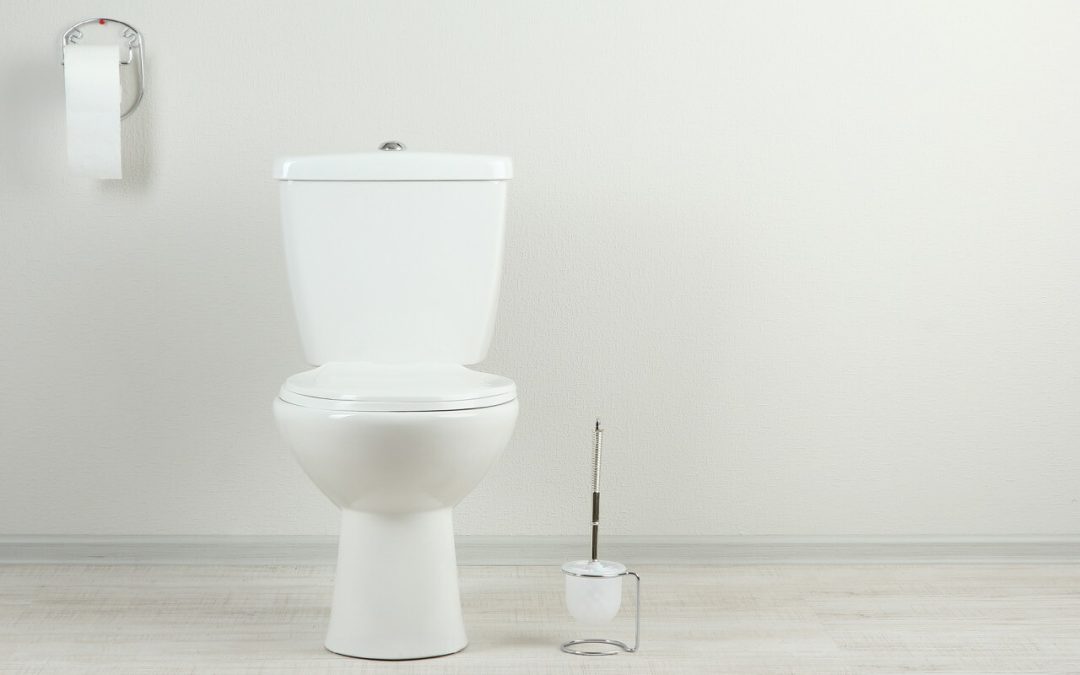You will likely encounter plumbing problems as a homeowner. From clogged drains to leaky pipes, your plumbing system has plenty of parts and components, and things can go wrong. In many cases, these problems can be fixed relatively easily. Read on to learn about five of the most common home plumbing issues and how to fix them.
1. Clogged Drains
One of the most common plumbing problems is a clogged drain. The clog can be caused by several things, from hair and soap scum buildup to grease and food scraps. If you have a clogged drain, the first thing you should do is try plunging it. If that doesn’t work, a drain snake is a useful tool that can dislodge a clog. Otherwise, you may need to use a chemical drain cleaner or call a plumber.
2. Leaky Pipes are Common Plumbing Issues in the Home
Leaky pipes are another common plumbing problem. First, turn off the water at the main shutoff valve if you have a leak. Once the water is off, you can more easily assess the damage and decide whether you need to call a professional or if you can fix the problem yourself.
3. Running Toilet
A running toilet is not only annoying but also a waste of water. If your toilet is running, chances are there’s a problem with the flapper valve. The flapper valve is located in the tank and is responsible for sealing the opening between the tank and bowl when the toilet is not in use. To fix a running toilet, replace the flapper valve with a new one.
4. Water Heater Issues
If your water heater isn’t working properly, it could be due to sediment that has accumulated inside the tank. Sediment buildup occurs when minerals in the water settle to the bottom of the tank and harden over time. This buildup can insulate the heating elements, making it harder for them to do their job and significantly shortening their lifespan. To prevent sediment buildup, drain the water heater regularly according to the manufacturer’s instructions (usually once per year).
5. Home Plumbing Issues: Low Water Pressure
Low water pressure can be caused by various things, from pipe leaks to mineral deposits in your fixtures. In most cases, low water pressure can be remedied by bleeding air out of your pipes or cleaning the fixture experiencing the problem. However, if those methods don’t work, call a plumber to determine the source of the problem. Sometimes low water pressure is due to a hidden leak, and this must be repaired as soon as possible.
As any homeowner knows, plumbing problems are inevitable—but that doesn’t mean they have to be disastrous. In many cases, you can fix plumbing problems easily with some DIY know-how. Next time you face a clogged drain or leaky pipe, see if it’s an issue you can tackle yourself.
Inspect It Neil offers home inspection services in New Jersey. Contact us to request an appointment.

